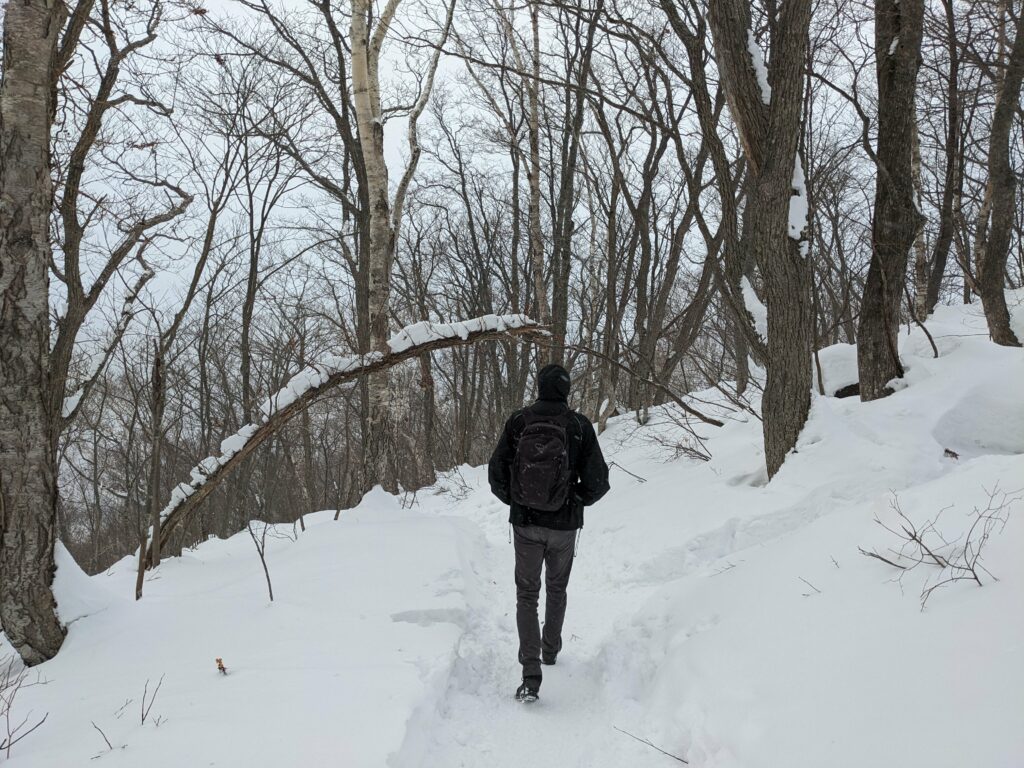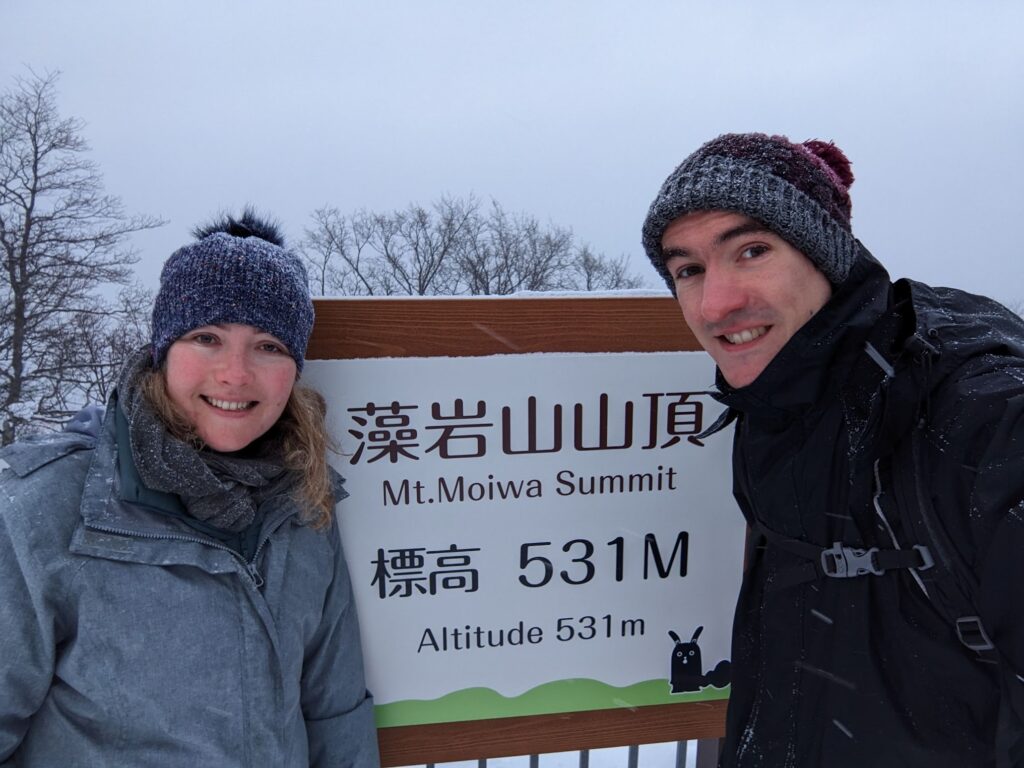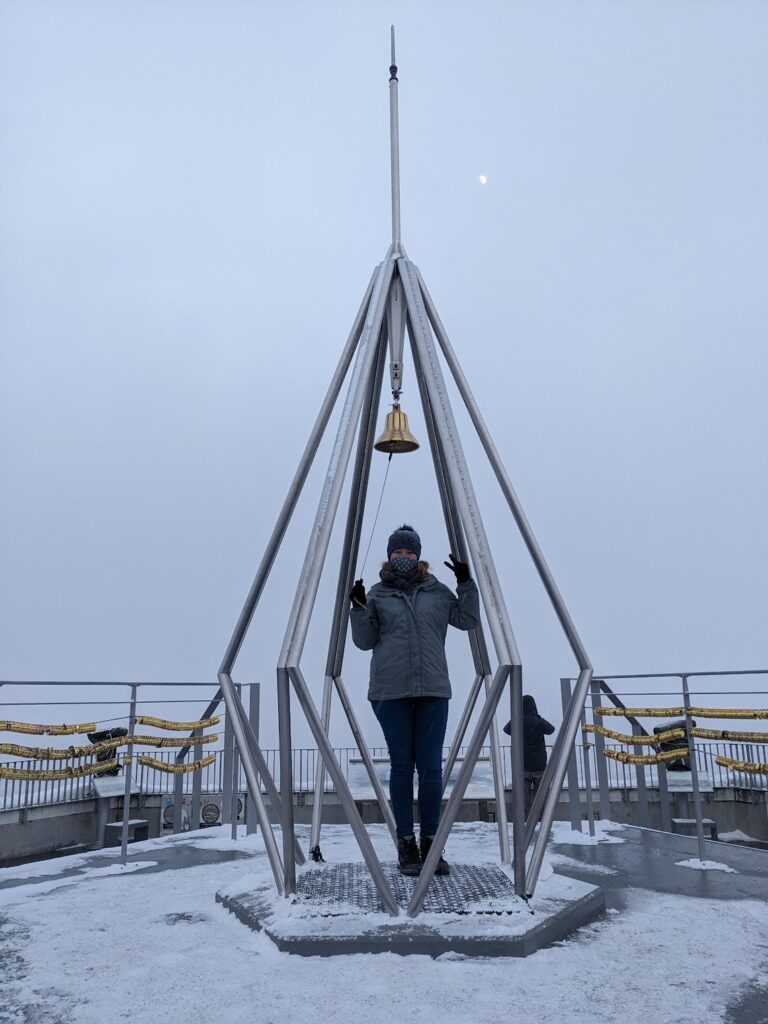After a great couple of days exploring Tokyo with George and Erin, they were on their way to Vietnam and we were ready to move onto our next destination. We’d read that many people travel to see family over the new year and that getting seat reservations could be extremely tricky, which was a little worrying due to our laissez-faire approach to booking ahead. We also had no idea where to go next! I had a vague idea that I fancied visiting Hokkaidō (the northernmost of the main islands), so we set off on an ambitious journey to travel almost the entire length of Japan on the busiest travel day of the year.
By booking around ten days in advance, we just about managed to secure seat reservations, but the downside was that our train departed at 6.30am on New Year’s Eve. After spending the previous evening sharing the joys of Korean BBQ and soju with George and Erin in Shin-Okubo, the Korean district of Tokyo, our 4.30am alarm was not exactly welcome!
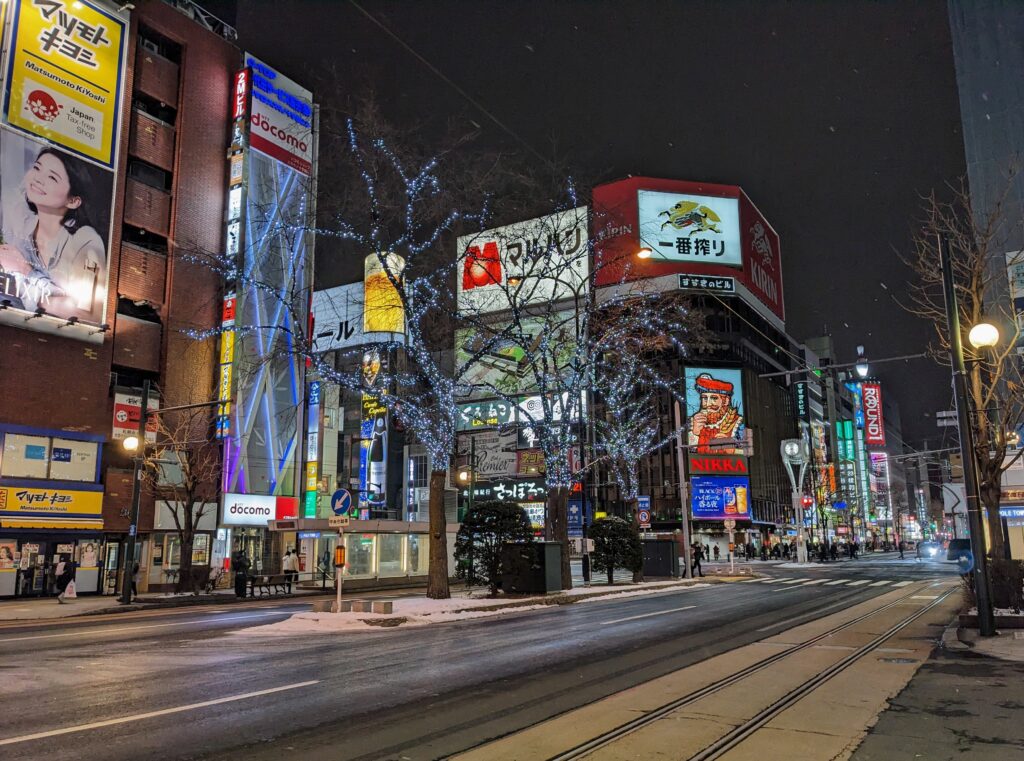
We were pretty exhausted when we arrived, so we were secretly delighted to discover that there wasn’t a lot going on in the streets of Sapporo! New Year is a big deal in Japan, but unlike elsewhere in the world where it is synonymous with champagne and fireworks, here it is much more to do with having quiet time with family. So, we saw in 2023 from our hotel room with a glass of bubbly and J-pop on the TV. This was by far our lowest key New Year celebrations ever – we must be getting old!
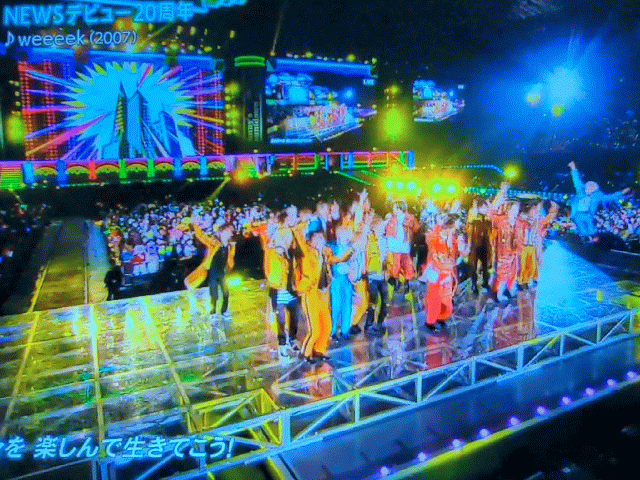
We’d read that the thing to do on 1st January in Japan was to go on our first shrine or temple visit of the year – people begin visiting immediately after midnight but the first three or so days of the year are extremely busy. We joined the crowds around mid-morning to queue through a snowy park in the gorgeous sunshine, a proper winter wonderland. Sadly, we didn’t see anyone in traditional dress – apparently it is normal to get really dressed up, but only if the weather is good enough. Sure enough, five minutes later it was snowing so hard that we could barely see where we were going – a crash course in Hokkaidō weather!



When we entered the Hokkaidō Shrine, we were greeted with a festive atmosphere. People were milling around, taking photographs, queuing up to pray, and writing their wishes for the year on ema (small wooden plaques) and then hanging them on wooden frames in the temple grounds.



We joined in by buying omikuji, small strips of paper that tell your fortune, and then had great fun attempting (somewhat unsuccessfully) to decode what we had in store using Google Translate. Next, we tied our fortunes to a wooden frame, which represents a pine tree (without causing damage to an actual tree). Apparently, it’s normal to keep the paper if the fortune is good but tie it to the pine tree if the fortune is bad, because this means that it will wait at the tree rather than following you home. However, we also read that if it is a good fortune, tying it to the tree can mean that your good luck is magnified. Given that at this point we still weren’t quite sure what our omikuji foretold, it seemed the safest bet to leave our fortunes at the shrine!


Later on, Yuki (one of Oli’s friends) came to the rescue and translated his fortune for him – thanks, Yuki! She explained that there were individual fortunes for different areas of his life, including travel, business, study, stock options and love. Apparently he’s going to have good luck in travel and will find something that he has lost. But more worryingly, he will also find his dream partner! I’m not sure whether to be concerned by this – perhaps it just means he’ll be reunited with the love of his life, Thomas, later this year…
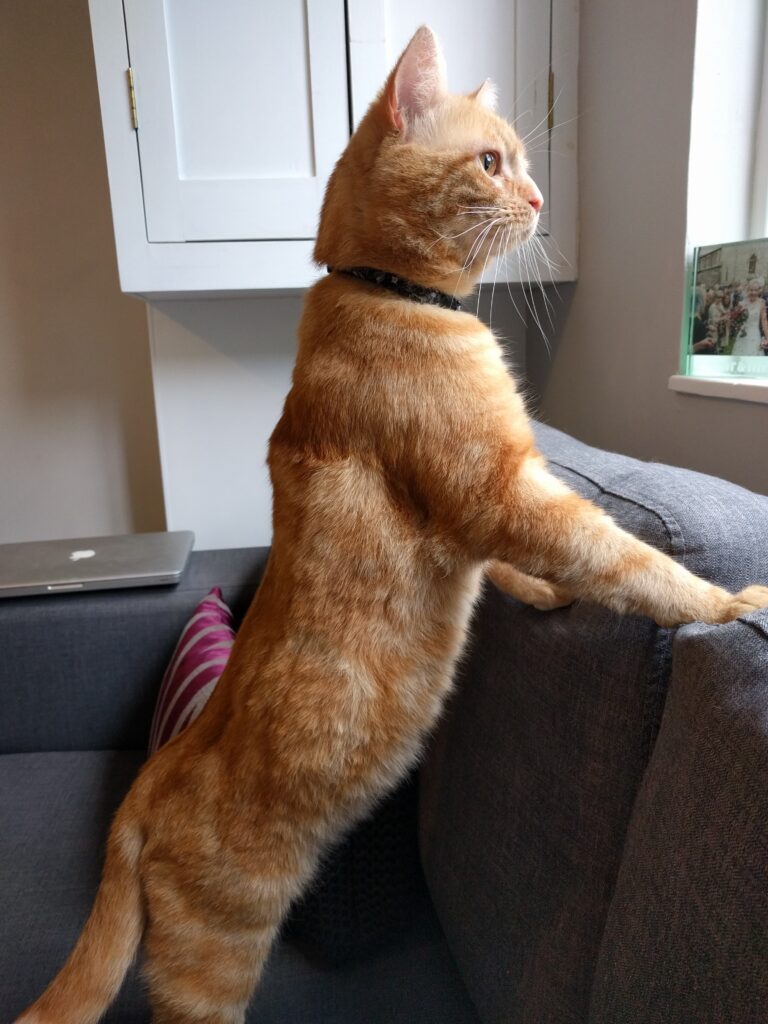
Our next stop was the Sapporo Brewery, which had a highly rated (and free!) tour. Sadly, there appeared to be a full contingent of staff at the entrance gate solely there for the purpose of telling people that the museum was shut until 4th January. Honestly, with the amount of staff that were working I’m not sure why they couldn’t just open up and be done with it! Not to be defeated, Oli bought a couple of bottles for a taste test back at our hotel instead.
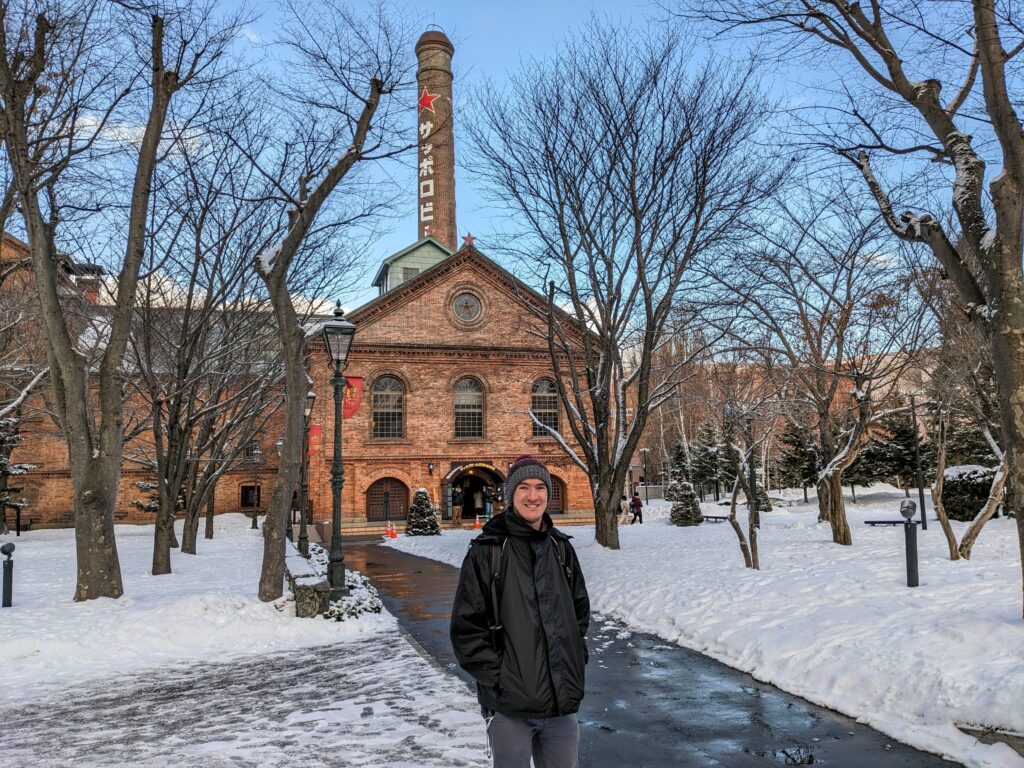
Sapporo is known for its miso ramen, which we’d already sampled the previous evening. However, we found that everywhere we went, there were incredibly long queues for food (at all restaurants, not just the good ones!) snaking along the cold and snowy streets. This wasn’t much fun when hungry, so we saved visiting one of the famous ‘ramen alleys’ until lunchtime the next day when things were a bit calmer.
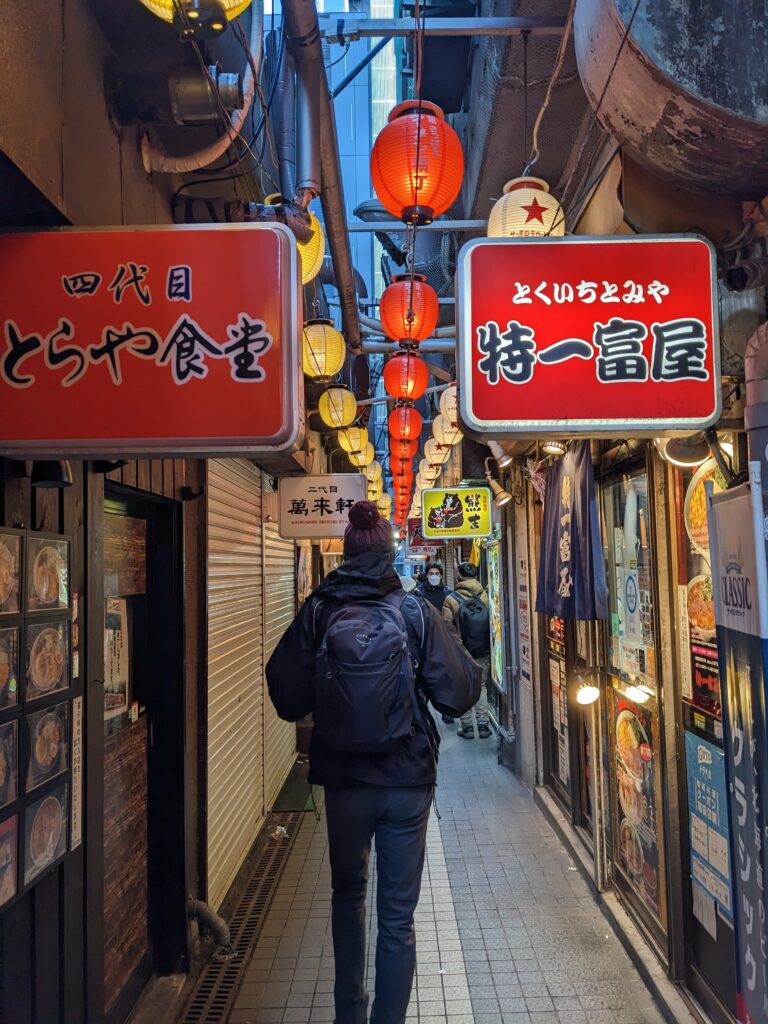
What our lunchtime visit lacked in atmosphere it made up for in flavour, and my spicy miso ramen (below left) was definitely in my top three ramens of the trip so far (high praise as we’ve eaten it practically every day!). Hokkaidō is also known for its corn and dairy products, so Oli upped the calorie ante by ordering a butter sweetcorn ramen (below right), which was also delicious.


The final stop on our Sapporo itinerary was taking a ride on the ropeway up to the summit of Mount Moiwa, a small mountain to the south-west of the city. The visibility from the top wasn’t brilliant, so Sapporo looked like a very blocky video game spread out below us (which was actually pretty cool – although it didn’t photograph well).
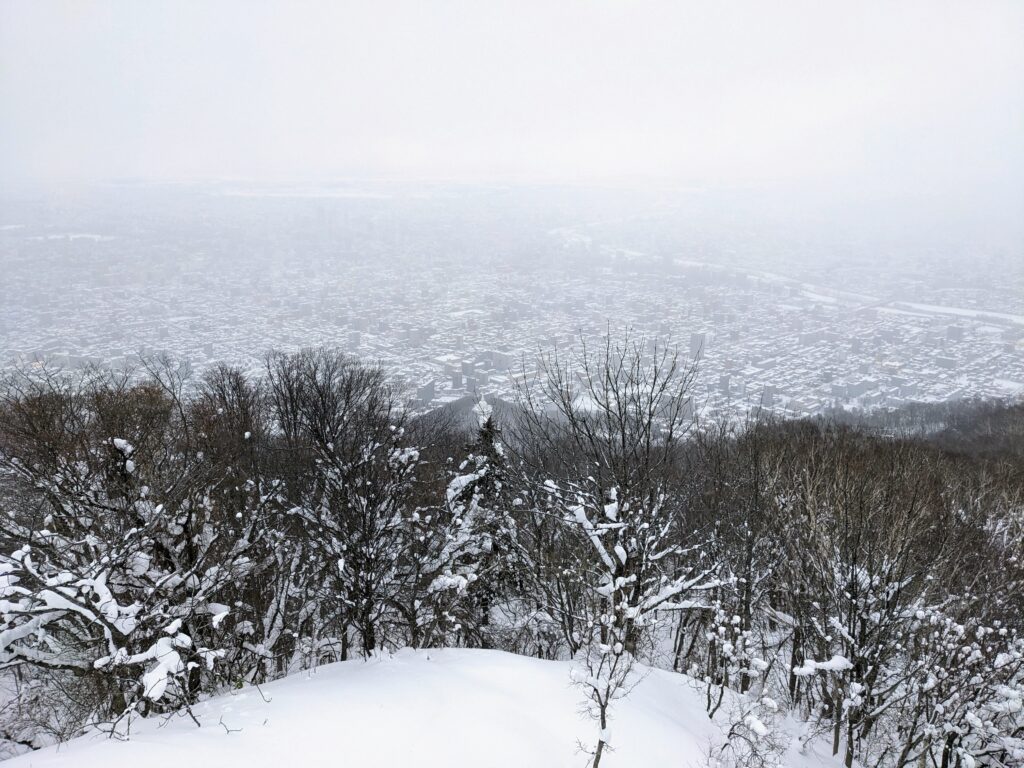
We visited a small temple, fell over in the very deep snow, and found two more bells for me to ring.
Next, it was time to do something productive with all this perfectly powdery snow we were seeing in Hokkaidō – we were off skiing again!

